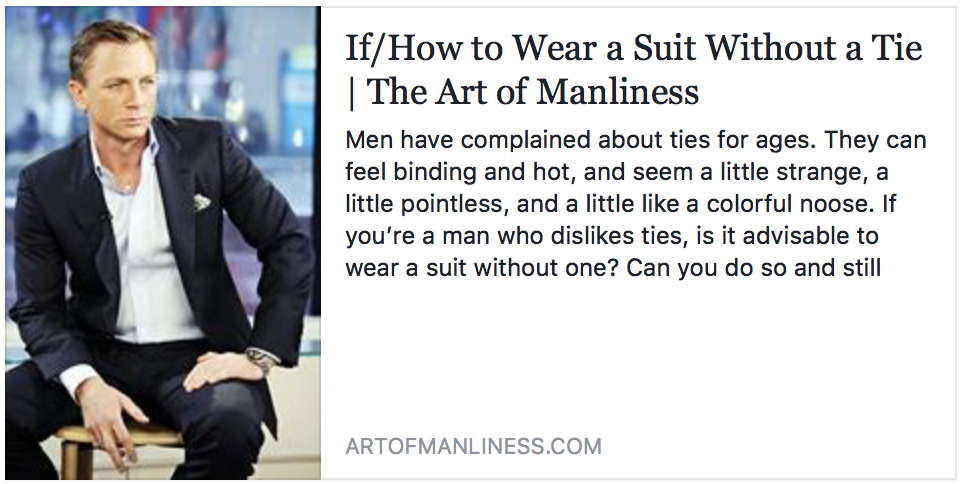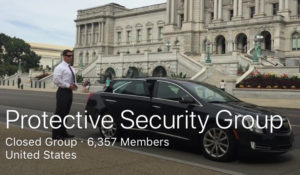Men’s Professional Attire: How to Dress the Code
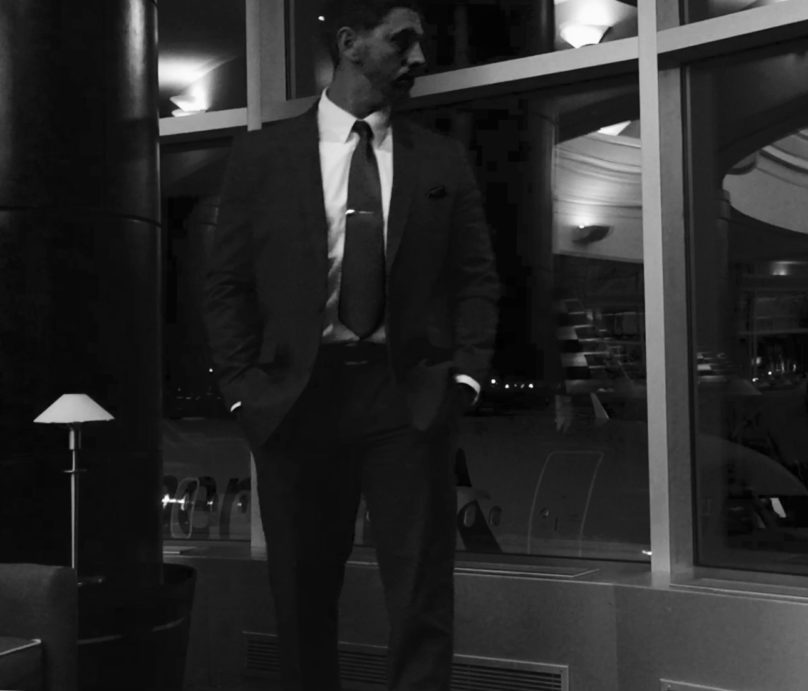
As the less fashion-inclined gender, we have an uphill hike when it comes to adhering to and succeeding at professional dress codes. For many, reading a dress code term is quickly followed by a Google search and maybe a last minute trip to Joe Banks. Hopefully, this ‘beginner’s guide’ will shed some light on how to get your ‘GQ’ on in any dress code, cover some do’s and don’ts and offer some essential items to start building your wardrobe while focusing on how to maintain your functionality and stay dangerous.
First, let’s go over the different dress codes. The major accepted terminology includes formal, business, business casual and casual.
–
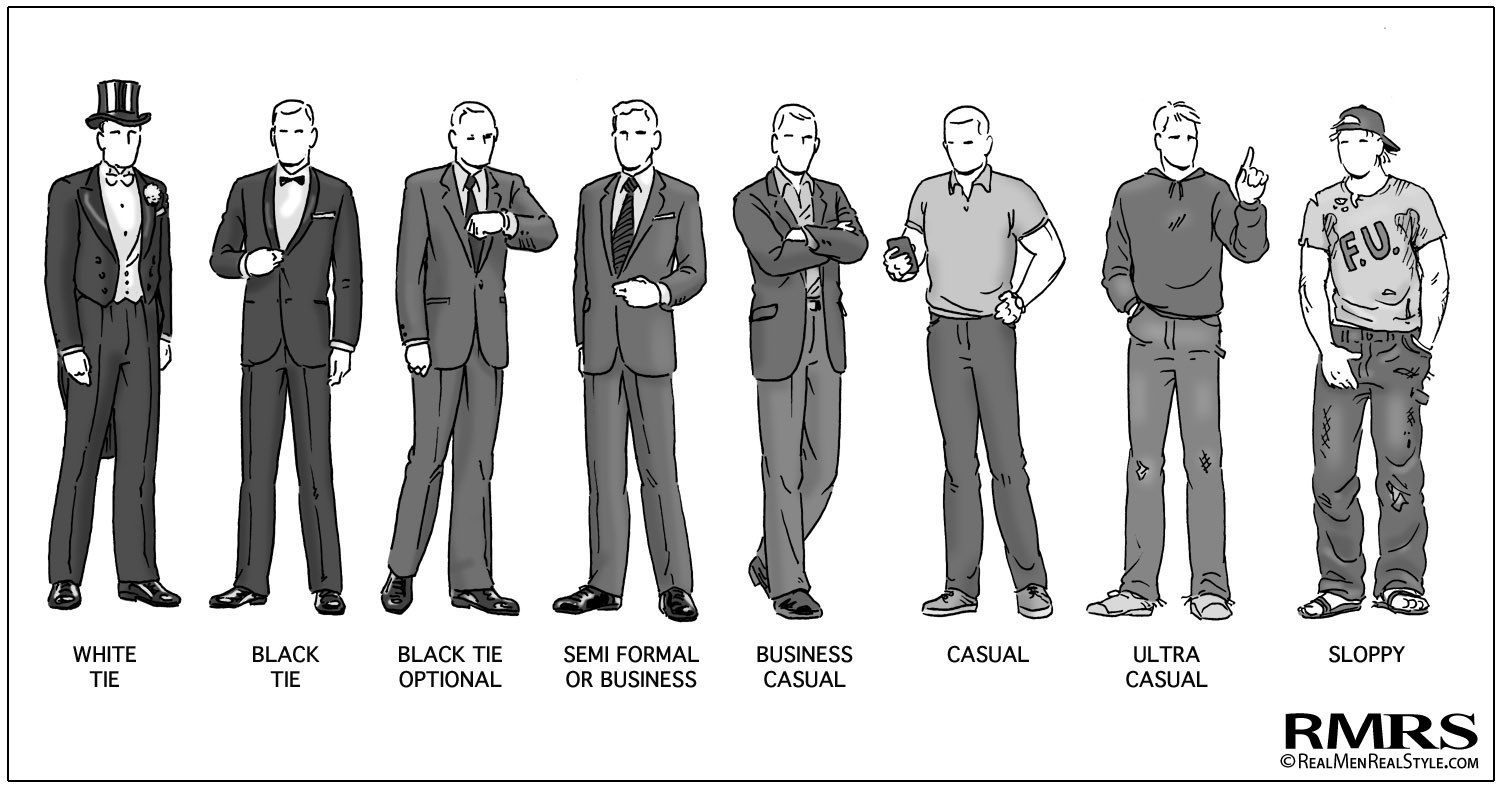
–
Formal wear is an easy one…you won’t have it and will have to rent it. This includes the funny looking tuxedos worn at very fancy dinners. Again, you probably don’t and won’t own anything for formal dress, just don’t confuse the term ‘formal’ with a ‘suit and tie.’
–
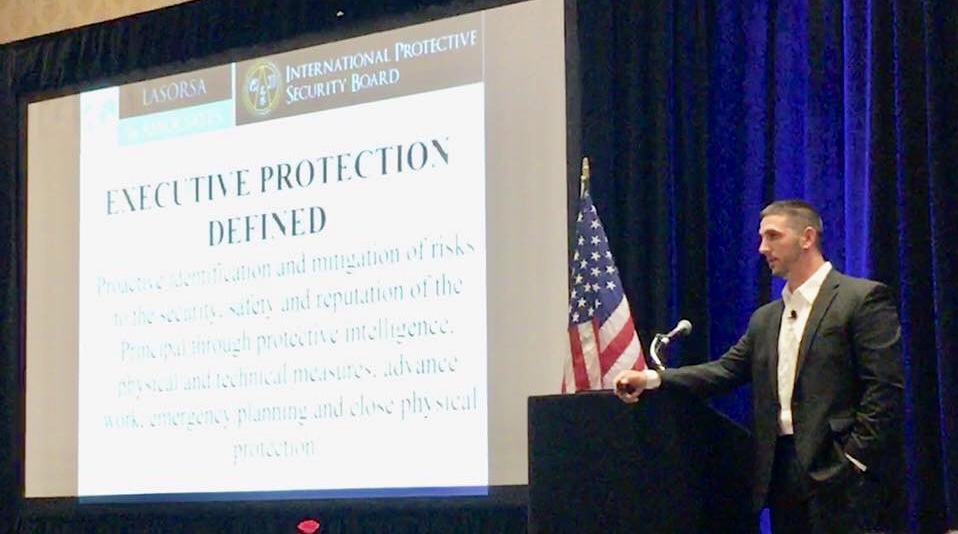
–
Business dress should mean one thing and one thing only, a matched suit and tie. This is where you should start your wardrobe by getting a decent pair of black and navy suits. While my personal favorite is charcoal pin stripe, you can always add to your options later, start with black and a blue, then add a brown or charcoal, and even a lighter summer color as well, such as a tan.
A great entry level suit, is a Haggar ‘Tailored Fit’ separate set or the Haggar Performance Stretch Stria separate set. For around $150 you can get a nice looking, well fitting suit for daily wear. Separates are also great as they not only allow you to buy unmatched sizes, but you can also easily buy an extra set of slacks, which is highly recommended as they wear much faster. A great option from Johnston & Murphy is their new XC Flex line. And the most comfortable suit I have ever worn for work is the X-Suit, but make sure to get 2 sizes up.
For dress shirts, white is typically the best option – I like the Proper Sport which are super comfortable, or for a great looking and fitting budget option – the George Performance Slim fit.
Pick a comfortable, rubber soled, lace-up pair of shoes. A great entry option is the Docker’s Trustee Oxford. For a bit higher quality/comfort, try the Dr. Comfort Classic. For best-in-class shoes, the Cole Haan 2.Zerogrand Oxford are the most comfortable and capable shoes I have ever worn.
For belts, I really like the options from Kore and their quality is amazing. I have them in black and brown. Sometimes, it is tough to beat a classic leather belt though. For this, I really like the Hank’s Belts Premier gun belt or if you want a great option at less than a third of the price of the Hank’s – go with the Daltech Force Bull Hide gun belt.
–
“EDC: Gear That is Worth the Weight”
–
Business casual is much the same minus the tie and minus the ‘matched’ requirement. You can mix and match khakis and a blazer, or stick with the matched set, just lose the tie. Remember, business casual is for casual business, like a seminar or a lunch with a colleague. For khakis, I really like the Dockers WorkDay and for jeans I cannot recommend the Lee Extreme Motion highly enough.
Casual should be considered a polo and jeans. This way, you won’t show up to the event in your subdued American flag hat, 5.11s and Merrells wondering why people are looking at you funny.
Holsters, knives, watches and other gear ideas.
–

–
Traveling with a suit? Here’s an easy way to keep it wrinkle free:
–
–
10 Do’s and Don’ts
-Select your dress to ‘stay gray:’ being on the job is not the time to ‘peacock’ to get a glance from the ladies. Fit in, blend, hide in plain sight. Keep it conservative and boring.
-Match your accessories: cuff links, tie and pocket square should match, so should your belt, shoes and socks.
-Get a suit jacket one size larger to allow more arm movement for driving and do the same with your slacks if you IWB.
-Slacks should fit as to rest on your shoes with a slight bend in material when standing straight up, not bunching up at your ankles.
-Jacket sleeves should be between your thumb’s main knuckle up to showing 1/2″ of shirt sleeve and the collar should show 1/4 inch of your shirts collar.
-Wear a watch, but keep jewelry to a minimum.
-Your tie should reach your belt buckle. No skinny ties, nothing flamboyant, wear a tie clip and consider breakables or clip-ons. Tie a full windsor, YouTube is your friend.
-Shirt-stays are a wonderful thing.
-Ensure you are groomed appropriately, no body odor and no strong colognes or fragrances.
-If you have a doubt, you shouldn’t wear it.
Thanks for reading. – JML
–
———————————————————
Joseph M. LaSorsa, CPP® is currently employed as a senior partner managing and conducting: Protective Operations Training Courses, Executive Protection & Bodyguard Services, Risk Management Consultations & Seminars, Workplace Violence Prevention Seminars & Intervention Services, Security Consultations & Seminars, Private Investigations and Technical Surveillance Counter-Measures with LaSorsa & Associates – an International Protection, Investigations & Consulting Firm.
https://www.linkedin.com/in/josephmlasorsa
–

